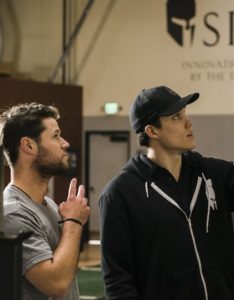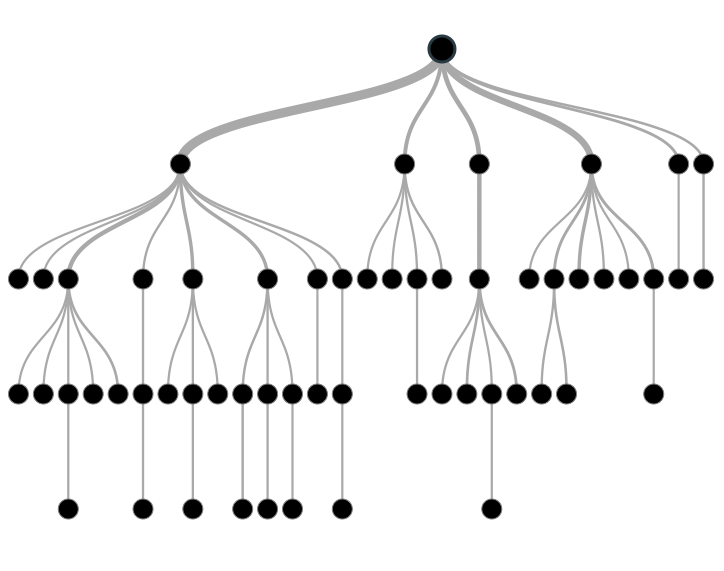
When you visit the doctor to get a diagnosis and treatment for a particular ailment, what do you think happens when the doctor leaves the room after your exam? Being a physician I will tell you most the time, the doctor will look up on a computer or device, the specific diagnosis and/or subsequent prescriptions needed to address his observations and exam.
With so much data, he/she cannot possibly remember the specific dosage of all the drugs or the ideal next steps for every single diagnosis. As more data and technology explode into sports, our ability to find significance in numbers and actually apply such information in a meaningful way also has become increasingly challenging. Yet, rather than cringe at such an influx, there are opportunities to evolve to a greater level of care for the athletes by looking at the operating procedures of these more established industries, like medicine. One of the major tools of medicine, is a decision tree.
A decision tree is a formalized model of a decision and every potential outcome of making that decision. The basic idea is that a decision is usually made as a combination of experiences from solving similar cases; the results of scientific research and personal experience. Great coaches have been doing this process for decades ranging from simple (i.e. if poor lower body strength then squat) to more complex, taking in consideration age, gender, sport, position, and other internal and external measures such as Movement Signature, GPS data, or HRV.

Both the blessing and curse has become the incredible influx of new data and technologies. It could be expected that newly made decisions will become better and more reliable, but for the individuals who have to make decisions it is actually becoming more and more complicated, because they simply can not process the huge amounts of data anymore. Thus the need for a good decision support technique arises. It should be able to process those huge amounts of data and to help experts to make their decisions easier and more reliable. For this purpose, equally or even more important as suggesting a possible decision, is the ability to provide an explanation of how and why the suggested decision was chosen. In this manner an expert can decide whether the suggested solution is appropriate or not.
These last two statements are profound so to examine them deeper…
“… equally or even more important as suggesting a possible decision, is the ability to provide an explanation of how and why the suggested decision was chosen.”
A critical piece of medicine is the validation of diagnosis and treatment protocols. Such transparency should be a growing requirement in injury prevention and athletic performance. Addressing specific, holistic needs for each athlete should be based on objective data from larger data sets rather than within just one organization.
“In this manner an expert can decide whether the suggested solution is appropriate or not.”
Initially in medicine, there was resistance to decision trees from physicians, particularly amongst the more specialized fields, such as surgeons (read ‘The Checklist Manifesto’). Similar to sport and coaches, decision trees cannot be viewed as replacements for expertise and experience, but are guides on the most likely outcomes. These trees, like the predictive models at Sparta, are not guarantees but rather odds for outcome, much like the game of Blackjack. You should not hit on an 18, but you can choose to hit and might even get a 3 card for the win.
If this was not your money, you would have to explain the rationale behind the decision, right or wrong. When dealing with humans, life/death in a hospital or the shorter window for athletes to perform, we will also be held accountable for our actions; a great but also rewarding responsibility at the same time.
1.) All coaches have a mental decision tree already, write yours down to hold yourself accountable
2.) Add to that decision tree each month/year as you gain new experiences and data
3.) Prune that tree over time, only including what is necessary and actually used consistently